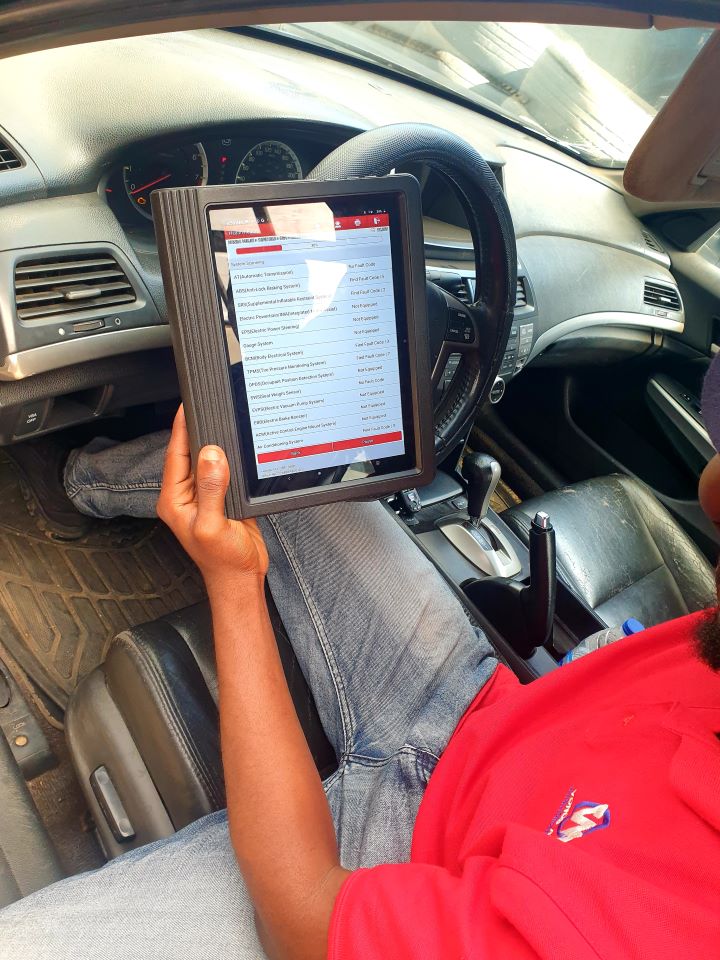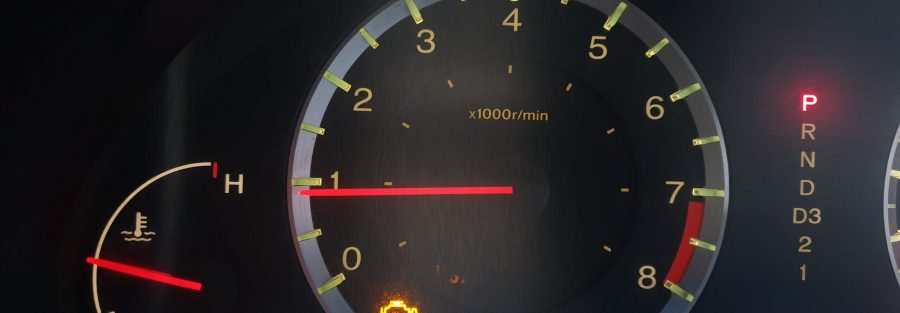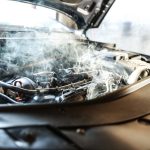What Does the Check Engine Light Mean?
The “Check Engine” light, also known as the “Malfunction Indicator Lamp” (MIL), is an important warning indicator on your vehicle’s dashboard. When this light illuminate, it’s a signal that your vehicle’s onboard computer system, known as the Engine Control Module (ECM) or Powertrain Control Module (PCM), has detected a problem or anomaly with one or more of the components in your vehicle’s engine or emission control system.
Table of Contents
Here are the key points to understand about the “Check Engine” light:
1. Diagnostic Function
The primary purpose of the “Check Engine” light is to alert you to the fact that your vehicle’s computer has identified an issue. It doesn’t pinpoint the exact problem, but it serves as an early warning system.
2. Potential Issues
There are numerous reasons why the “Check Engine” light may come on. Common issues include problems with the fuel system, ignition system, exhaust system, emissions components, sensors, or the engine itself.
3. Severity Varies
The light can illuminate for relatively minor issues, such as a loose gas cap, or for more serious problems like a malfunctioning sensor or an engine misfire. The severity of the issue can vary.
4. Continued Driving
In many cases, you can continue driving with the “Check Engine” light on, especially if your vehicle appears to be running normally. However, it’s crucial to have the issue diagnosed and repaired as soon as possible to prevent potential damage to your vehicle or a decrease in fuel efficiency.

5. Professional Diagnosis
While the DTC provides a starting point for diagnosis, it doesn’t always pinpoint the exact issue. Professional mechanics have the training and experience to interpret the codes, perform further diagnostic tests, and identify the root cause of the problem.
6. Diagnostic Code
When the “Check Engine” light comes on, it generates a diagnostic trouble code (DTC) that can be read using an OBD-II (On-Board Diagnostics II) scanner. Mechanics and auto parts stores often provide this service for free. The code provides information about the specific problem or system affected.

7. Resetting the Light
Simply clearing the “Check Engine” light without addressing the underlying issue is not a recommended practice. The light will likely come back on if the problem persists. It’s important to diagnose and fix the problem to ensure your vehicle’s proper operation and to pass emissions tests.
In summary, the “Check Engine” light is a critical indicator that should not be ignored. When it comes on, it’s a signal to have your vehicle inspected and diagnosed by a qualified mechanic to address any potential issues promptly. Ignoring the light can lead to more significant problems and potentially costly repairs down the road.
Vonos Autos: Your Trusted Partner for Check Engine Light Diagnostics and Repairs
At Vonos Autos, we understand that the appearance of the “Check Engine” light can be a source of concern for any vehicle owner. Our dedicated team of experienced technicians is here to provide you with peace of mind and expert solutions. We specialize in diagnosing and addressing the issues triggering your “Check Engine” light, using state-of-the-art diagnostic equipment and a wealth of automotive expertise.
When you visit Vonos Autos, you can expect a thorough and accurate diagnosis of the problem, whether it’s a minor sensor issue or a more complex engine-related concern. Our commitment to transparency means you’ll receive a detailed explanation of the issue, the necessary repairs or maintenance, and a clear estimate of the associated costs.
When your “Check Engine” light signals trouble, turn to Vonos Autos for dependable diagnostics and expert repairs that get you back on the road with confidence. Your vehicle’s health and your safety are our top priorities.





